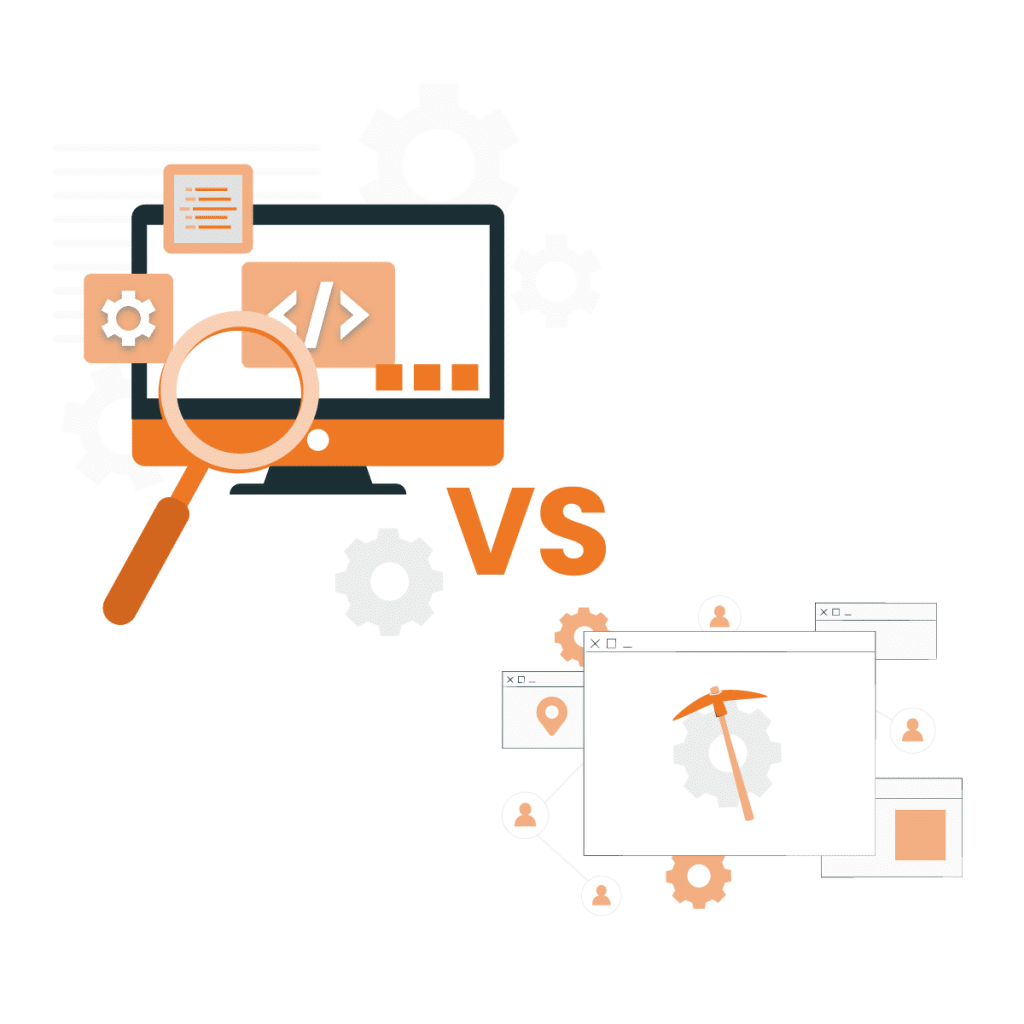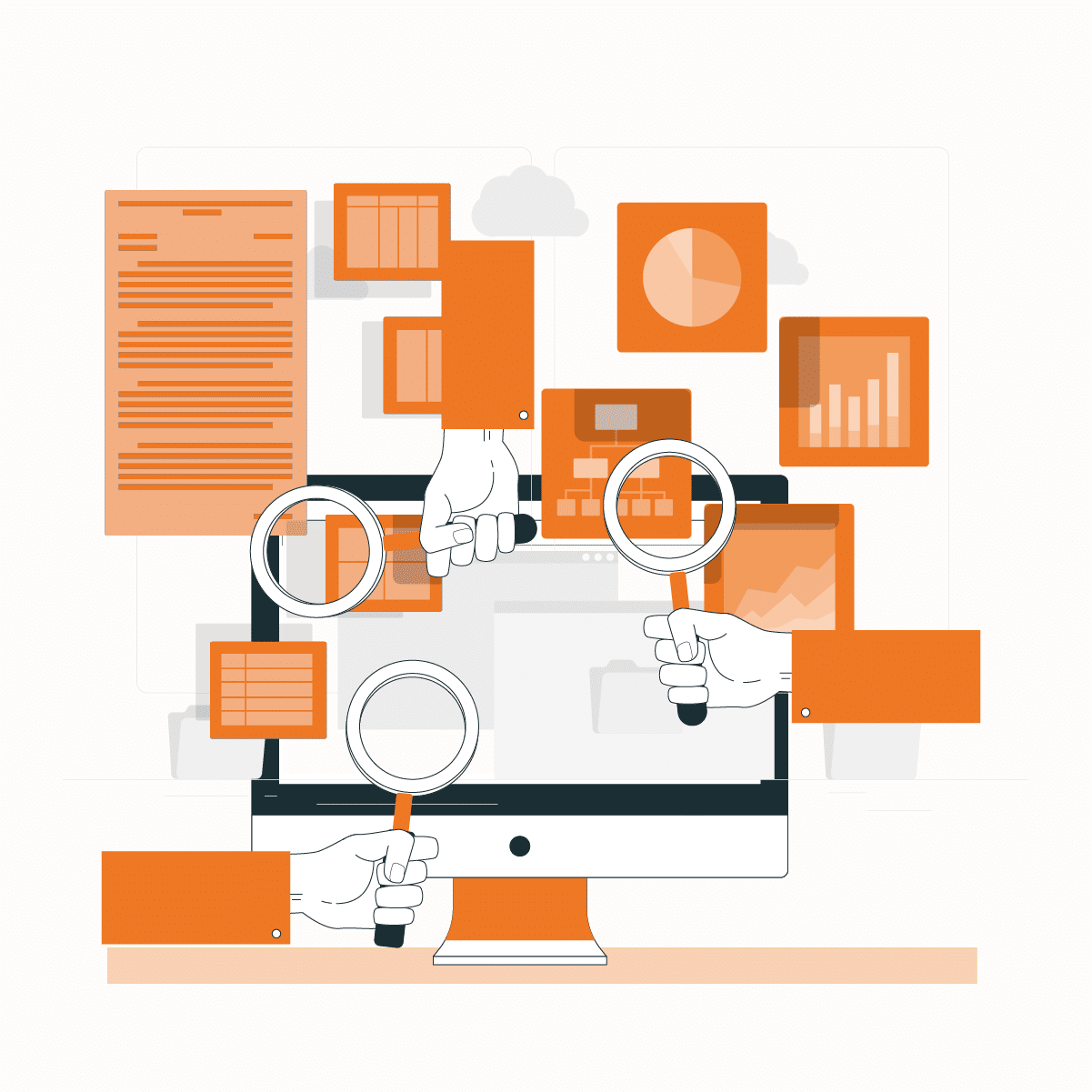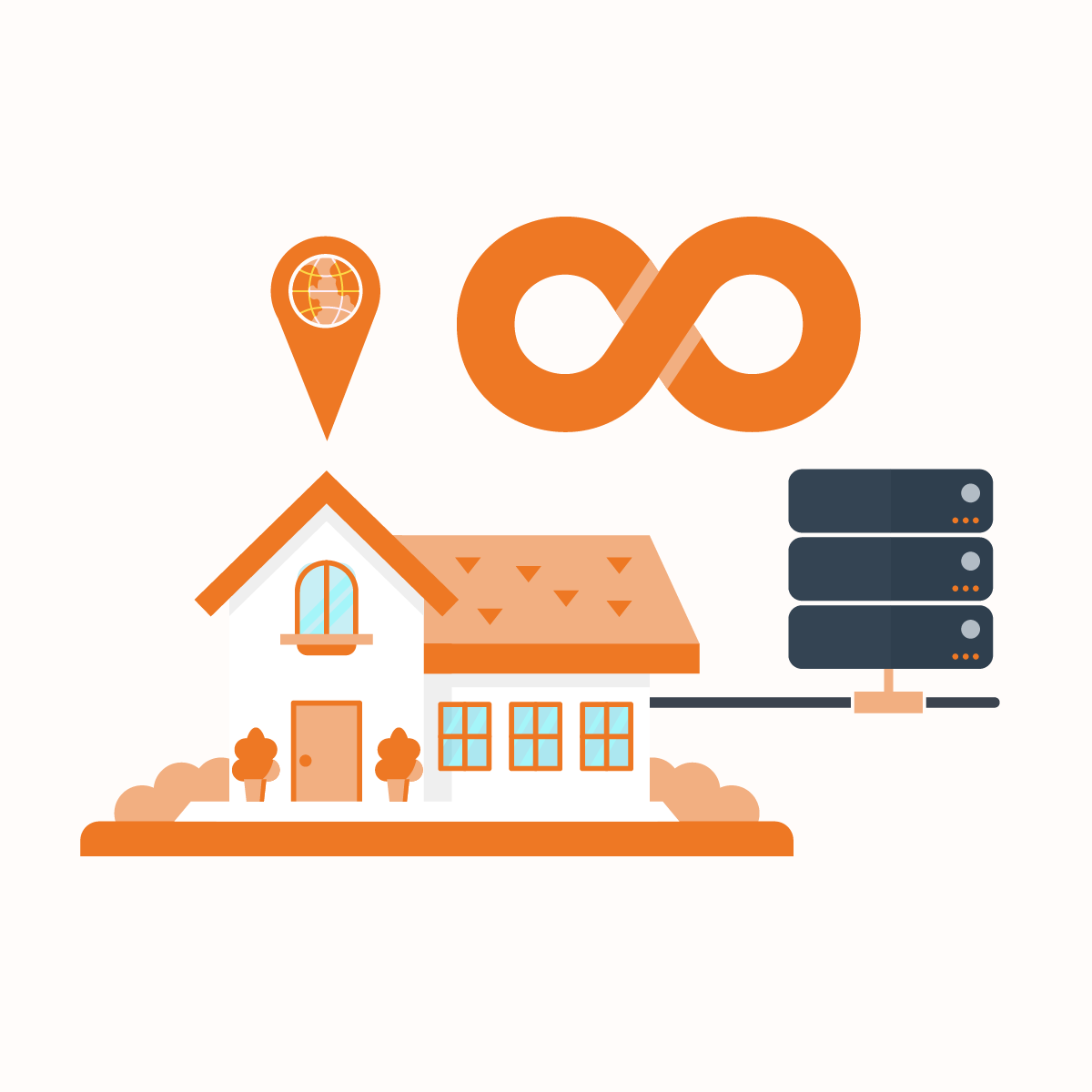Introduction
Due to technological advancements, gaining insights from data is not just an advantage; it is a necessity for staying competitive. Data-driven insights provide organizations with the power to understand their customers on a granular level, and respond swiftly to market dynamics. The competitive edge lies not only in the possession of data but in the ability to extract valuable insights that inform decision-making and drive innovation.
Furthermore, the importance of data extends beyond the realm of businesses. Researchers, policymakers, and various institutions leverage data to conduct studies, formulate evidence-based policies, and gain a deeper understanding of complex phenomena. In essence, data has become a universal language that shapes the way we perceive, analyze, and respond to the world around us.
In the subsequent sections of this article, we will look into the basics of two pivotal methods in the data-driven toolkit: data mining vs web scraping. These techniques, while distinct, play integral roles in the quest for insights in our digital frontier.
Shall we continue?
Understanding Data Mining vs Web Scraping
Data Mining
Data mining is a sophisticated process that involves uncovering hidden patterns, correlations, and insights within large datasets. It goes beyond simple data analysis, employing advanced algorithms and statistical models to extract valuable knowledge from vast and complex information repositories.
The primary goal of data mining is to transform raw data into actionable intelligence, providing decision-makers with a deeper understanding of trends and relationships that might otherwise remain concealed. At its core, data mining is about sifting through massive datasets to identify meaningful patterns and trends.
Significance of Data Mining
The essence of data mining lies in its ability to navigate through immense datasets and discern patterns, correlations, and anomalies that might not be immediately apparent. Patterns represent recurring trends or associations within the data. Correlations signify relationships between different variables, and anomalies highlight deviations from the norm.
The extraction of these elements is crucial for gaining insights into the underlying dynamics of the data. Algorithms used in data mining can range from simple statistical methods to complex machine learning models. These algorithms analyze historical data to identify patterns that can then be applied to new data, enabling predictive modeling and forecasting.
Whether identifying market trends, understanding customer behavior, or optimizing operational processes, the ability to extract meaningful patterns is fundamental to the success of data mining initiatives.
About Web Scraping
Web scraping, also known as web harvesting or web data extraction, is a technique that involves automating the extraction of specific data from websites. Unlike traditional methods of data retrieval, web scraping allows for the automated gathering of information from multiple web pages in a structured and organized manner.
The primary purpose of web scraping is to transform unstructured data, often found on websites, into a structured format that can be easily analyzed and used for various applications. Web scraping employs specialized tools, scripts, or bots to navigate through web pages, extract desired information, and store it in a usable format. This process facilitates the collection of data from diverse online sources, providing a valuable resource for businesses, researchers, and analysts.
Data Mining vs Web Scraping: Applications
How Businesses Use Data Mining for Decision-Making and Trend Prediction
Businesses implement the power of data mining to inform strategic decision-making and predict trends that impact their operations. By analyzing historical data, businesses can identify patterns that inform future actions, allowing them to anticipate market shifts, consumer preferences, and competitive dynamics. Here are key ways businesses leverage of data mining vs web scraping:
- Customer Segmentation and Targeting: Data mining helps businesses segment their customer base based on behaviors, preferences, and demographics. Targeted marketing efforts can then be tailored to specific customer segments, enhancing the effectiveness of advertising and promotional campaigns.
- Predictive Analytics: Data mining enables predictive modeling, allowing businesses to forecast future trends, demand patterns, and potential risks. This foresight aids in inventory management, production planning, and overall strategic positioning.
- Fraud Detection and Risk Management: In industries such as finance, data mining is employed to detect anomalies indicative of fraudulent activities. Risk management strategies benefit from data mining by identifying potential threats and vulnerabilities.
Understanding Data mining vs Web scraping empowers businesses to move beyond reactive decision-making to a proactive and strategic approach, aligning their actions with data-driven insights.
Applications of Web Scraping
On the matters of data mining vs web scraping, Web scraping finds diverse applications across various industries, providing a competitive edge to those who can harness its capabilities. Here are key applications of web scraping
Extracting Specific Data from Websites
To better understand data mining vs web scraping, we have to consider the extraction of data. The heart of web scraping lies in its ability to target and extract specific data points from the vast expanse of the internet. This involves navigating through the HTML structure of web pages, identifying relevant elements, and extracting the desired information. Regarding data mining vs web scraping, Web scraping tools can be programmed to simulate human interaction with a website, enabling the extraction of data that may not be readily available through other means.
Competitive Analysis
Another application to consider for data mining vs web scraping is competitive analysis. Businesses use web scraping to monitor competitors’ websites, tracking product offerings, pricing strategies, and marketing campaigns. The insights gained contribute to informed decision-making and strategic positioning in the market. This better explains the distinction between data mining vs web scraping.
Price Monitoring
Price monitoring also serves as a considerable application to distinct data mining vs web scraping. E-commerce platforms leverage web scraping to monitor prices of products across different websites. Considering data mining vs web scraping, this enables dynamic pricing strategies, ensuring competitiveness and maximizing revenue.
Real-Time Information Gathering
News agencies, financial institutions, and researchers utilize web scraping to gather real-time information from various sources. This real-time data is crucial for staying informed about data mining vs web scraping, market trends, news developments, and emerging events.
Web scraping proves invaluable in scenarios where timely access to accurate and up-to-date information is critical. Its versatility makes it a powerful tool considering data mining vs web scraping and for extracting insights from the internet.
Data Mining vs Web Scraping: The Synergy Between Them
The relationship between data mining vs web scraping is akin to a symbiotic partnership, where each plays a distinct yet interdependent role in the data-driven decision-making process. Web scraping serves as the gateway, feeding raw and unstructured data from the vast expanses of the internet to the analytical prowess of data mining. The process of data mining vs web scraping is as follows:
Data Collection through Web Scraping
For data mining vs web scraping, Web scraping is the initial step in the data acquisition process. Automated scripts or tools navigate through websites, extracting specific data points, and transforming unstructured information into a structured format. The extracted data may include product details, prices, user reviews, or any other relevant information available on the web.
Preprocessing and Cleaning
Next step during data mining vs web scraping is preprocessing and cleaning. The raw data obtained through web scraping is often unclean and may contain inconsistencies or errors. Data preprocessing involves cleaning, organizing, and structuring the data to prepare it for analysis. Web scraping sets the stage for data mining by providing a continuous stream of fresh and relevant raw data.
Data Mining vs Web Scraping: Transformation and Enrichment
After preprocessing, the data is transformed and enriched to make it suitable for analysis during data mining vs web scraping. This involves converting data into a format compatible with data mining algorithms and adding additional context or variables as needed for data mining vs web scraping. Web scraping, with its ability to pull real-time data from the internet, ensures that the data mining vs web scraping dataset remains current and reflective of the latest information.
Analysis and Insights with Data Mining vs Web Scraping
With the clean and enriched data mining vs web scraping dataset in hand, data mining algorithms come into play. These algorithms delve deep into the data, identifying patterns, correlations, and trends that might not be immediately apparent. Data mining transforms the raw data obtained through web scraping into actionable insights, providing a foundation for informed decision-making.
In essence, the symbiotic relationship between data mining vs web scraping creates a seamless pipeline for transforming raw data into actionable insights.
Data Mining vs Web Scraping: Using NetNut
NetNut is a game-changing proxy service provider that caters to the evolving needs of businesses, researchers, and data enthusiasts. NetNut is not just a proxy service; it’s a gateway to a reliable and diverse infrastructure that facilitates easy data mining vs web scraping operations.
NetNut provides users with a comprehensive solution for overcoming challenges related to IP blocking, restrictions, and anonymity, making it an indispensable tool for those engaged in data mining vs web scraping data-intensive tasks. Its unique features set it apart as a facilitator of ethical and efficient data harvesting in data mining vs web scraping process.
Data Mining vs Web Scraping: NetNut’s Roles
NetNut plays a crucial role in enhancing the efficiency and effectiveness of data mining vs web scraping activities. Here’s how:
- Bypassing Restrictions: Many websites implement restrictions and anti-scraping measures to protect their data. NetNut’s diverse pool of residential IPs allows users to bypass these restrictions, ensuring uninterrupted data extraction for data mining vs web scraping.
- Ensuring Anonymity: Anonymity is paramount in ethical data mining vs web scraping process. NetNut provides users with residential IPs, making it difficult for websites to identify and block data mining vs web scraping activities.
- Overcoming IP Blocking: Frequent IP blocking can hinder data mining vs web scraping data harvesting efforts. NetNut’s rotating IPs prevent IP-based blocking, ensuring a continuous and reliable connection for uninterrupted web scraping.
- Optimizing Speed and Stability: NetNut proxies are high performance, offering fast and stable connections for data mining vs web scraping activity. This optimization is crucial for time-sensitive tasks, such as real-time data gathering and analysis for data mining vs web scraping.
NetNut offers a secure and efficient conduit for ethical data extraction during data mining and web scraping processes. As earlier mentioned, the synergy between data mining vs web scraping, and proxy services, it becomes evident that tools like NetNut are essential for navigating the complexities of modern technological advancements.
Conclusion
This guide has examined data mining vs web scraping and how they work together for data extraction. They blend the raw information, creating a knowledge symphony that resonates with the heartbeat of innovation. It’s not just about data mining vs web scraping, or how organizations use the web to navigate the digital frontier – it’s about orchestrating the harmony between various techniques.
As businesses and researchers continue to harness the power of data for strategic decision-making, the interplay between data mining vs web scraping, and providers like NetNut will remain pivotal.
Frequently Asked Questions and Answers
Is web scraping legal?
While web scraping itself is not illegal, its legality depends on how it’s used. Users must ensure compliance with relevant laws, terms of service of websites, and adhere to ethical guidelines for data mining vs web scraping.
How does NetNut enhance data mining vs web scraping?
NetNut is a reliable proxy service provider offering a diverse pool of residential IPs. This enhances anonymity, bypasses restrictions, and optimizes the efficiency of web scraping and data mining operations. Its infrastructure is designed to overcome common challenges in data extraction.
Can data mining and web scraping be used together?
Yes, they complement each other. Web scraping provides the raw material- data, from the web, and data mining transforms this raw data into meaningful insights. The symbiotic relationship between the two is essential for businesses aiming to make data-driven decisions.





